There Peugeot 305 V6 Sport it was a sports car designed in the early 1990s the eighties to be the Peugeot weapon in the rally and take the place of 504 coupe used until then, the Peugeot 305 V6 Sport was never able to demonstrate its racing qualities because, with development almost completed, a model was preferred that was about to debut on the market and which would have marked the history of motorsport, the 205. Thus, the 305 V6 Sport instead of taking the road of competition, took that of Sochaux Museumwhere many of the French company's models are still exhibited.
For reasons of robustness, the starting body of the Peugeot 305 V6 Sport it was that of diesel versionswith the engine in a lower position and further back towards the passenger compartment, col rear-mounted five-speed gearbox.
In addition to the driveshaft (the V6 Sport was rear-wheel drive, unlike the normal 305 from which it was derived), the tunnel also housed the exhaustto protect it in difficult passages frequent in rallies.
The bodywork was very different from the series sedan: the headliner was in aluminum and was glued to the body, the moving parts, such as the bonnets and doors, were made of aluminum or lightweight synthetic material.
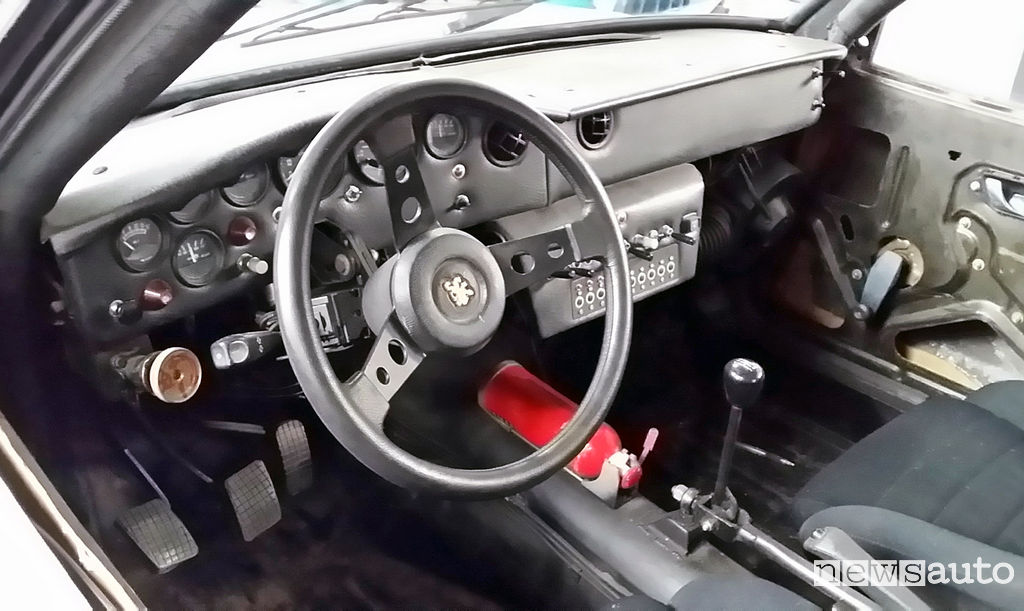
The style was adapted to the road by bodywork specialists Heuliez, where the prototype was set up. The initial goal was to stay under 900 kgtaking advantage of what we have learned from VERA prototypealso made on a 305 base. The brakes were the same disc of the 604, ventilated at the front. The wheels were also based on TRX light alloy wheels of the 604, capable of accommodating tires up to 390×195.
Peugeot 305 V6 engine
With a maximum displacement imposed by the regulations of 2,500 cm3Peugeot Sport opted for a V-six with 24 valves and 253 HP which offered greater development possibilities, without the limitations that characterized turbo engines at that time.

Compared to the standard version of the V6 (the famous PRV also mounted on the Peugeot 604), the Peugeot Sport technicians chose a new cylinder head with double overhead camshaft with toothed belt distribution. Nutrition was based on injection Kügelfischer mechanics and on separate intake manifolds, but with a single butterfly per bank and double dry air filter.
Peugeot 305 V6 and the arrival of the 205 Turbo 16
Although it was now ready for the first tests and the premises were encouraging, the future of the Peugeot 305 V6 Sport was compromised by the arrival of the 205from which the 205 Turbo 16.
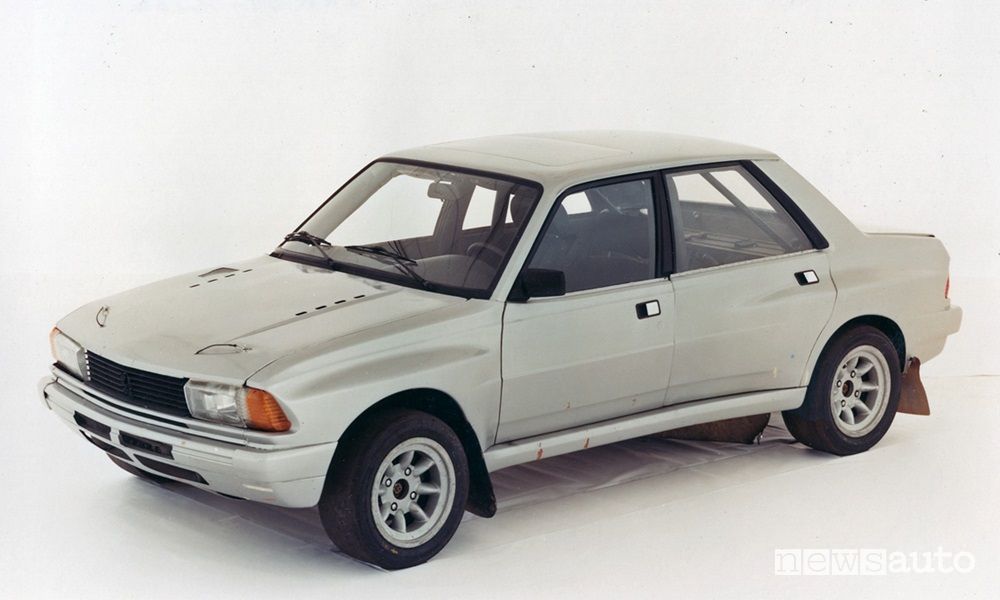
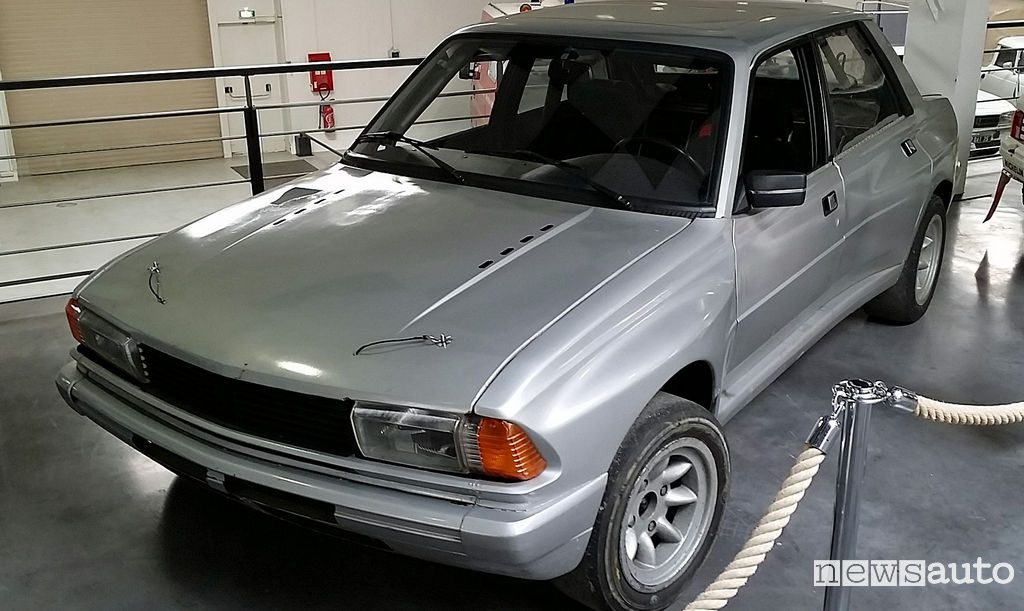

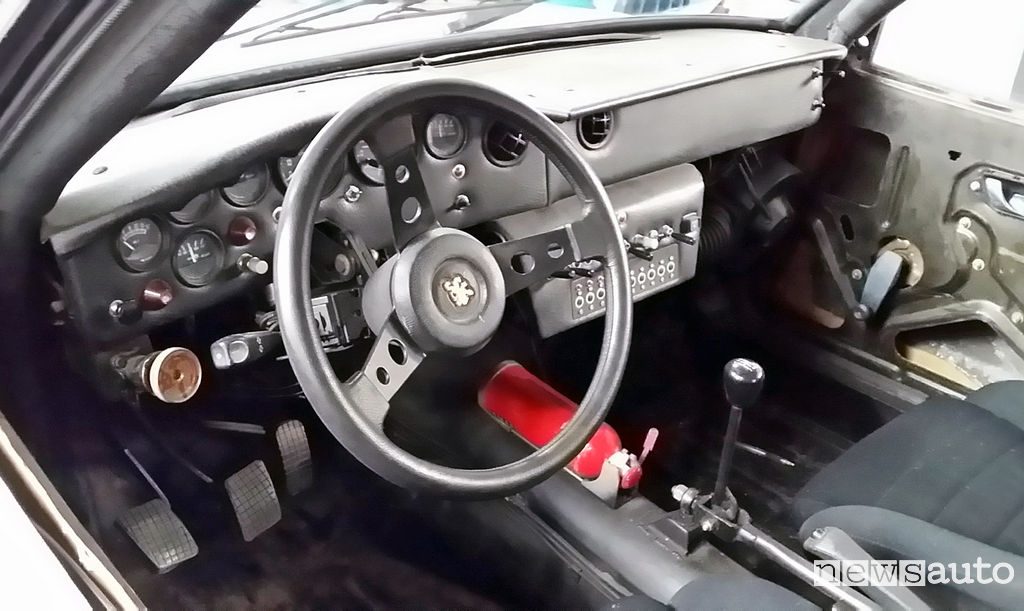

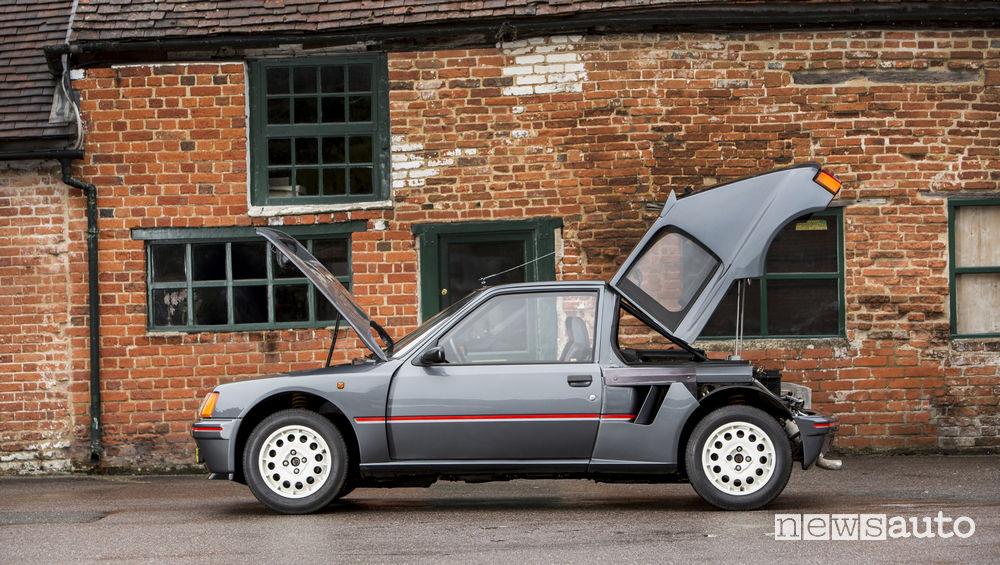
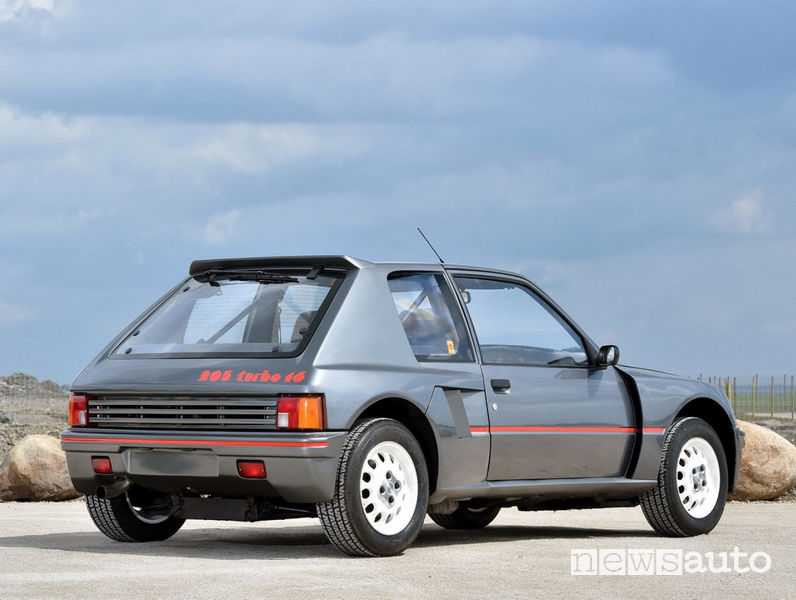
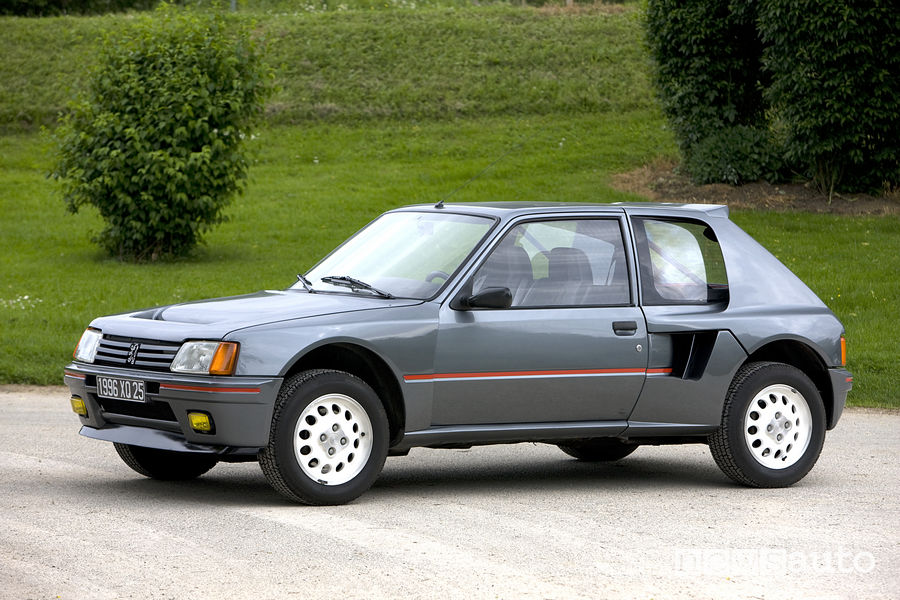

Indeed it was Jean Todtat the time the head of Peugeot Talbot Sportwho stopped the 305 V6 project and decided to invest in the newborn 205, thus creating the monster that later became the 205 turbo 16.
Read also:
→ Historic car races
→ Historic cars historic models
→ Tax for historic cars over twenty years old
→ How to obtain the “vehicle of historical interest” coupon
→ Car events, fairs, demonstrations, expo
→ Gatherings of car enthusiasts
→ Magazine historic classic sports cars ELABORATE Classic
→ What do you think? Drop by discussions on the FORUM!
#Peugeot #Sport #story